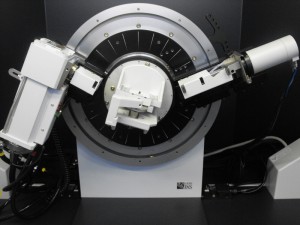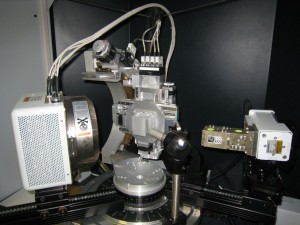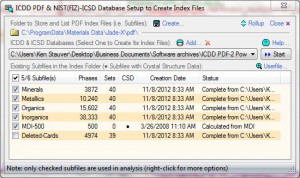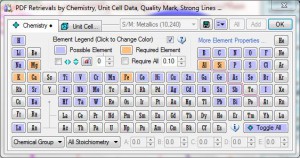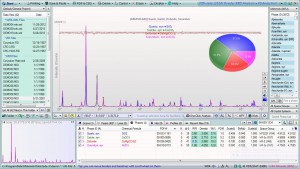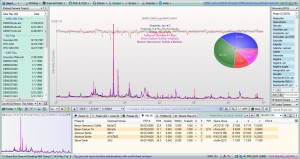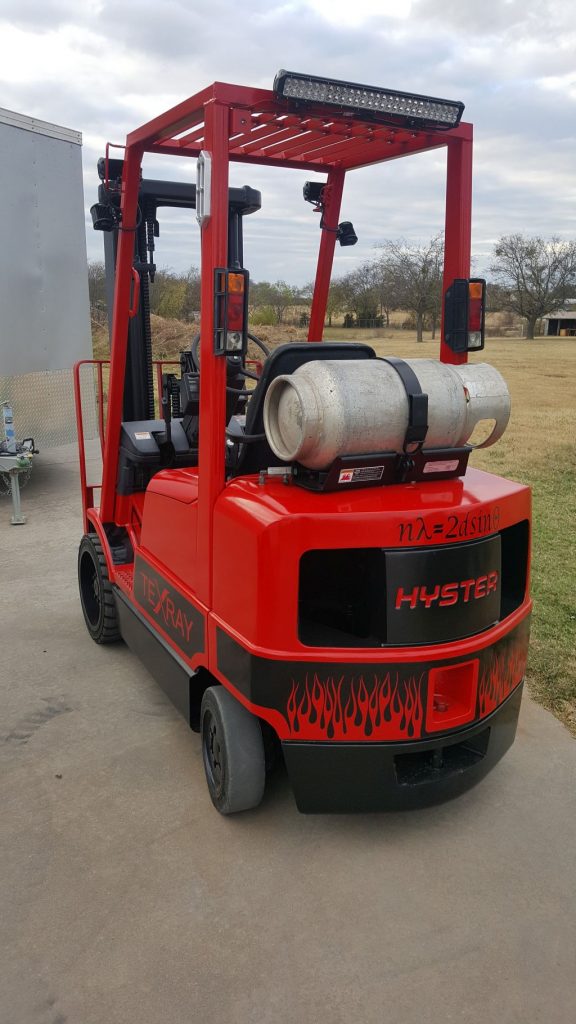 I’ve spent time in hundreds of different businesses over the last 20 years as I traveled around the country working in labs and it’s given me a strong appreciation for the concept of “workplace culture”. It’s not really a spectrum in the sense that there are extremes on each end and compromise in the middle, but more like “culture” in the truest sense of the word. It’s a complicated system of expectations, relationships, and accomplishments. Obviously some of these systems “work” and others… Not so much.
I’ve spent time in hundreds of different businesses over the last 20 years as I traveled around the country working in labs and it’s given me a strong appreciation for the concept of “workplace culture”. It’s not really a spectrum in the sense that there are extremes on each end and compromise in the middle, but more like “culture” in the truest sense of the word. It’s a complicated system of expectations, relationships, and accomplishments. Obviously some of these systems “work” and others… Not so much.
I like to think we do pretty well at KSA and Texray. Mainly because, after many years of experimentation, I’ve come to the conclusion that I can’t change people (surprise!). An old friend at a major manufacturer of X-ray instrumentation once commented to me that when he hired a new tech, he’d know within a month if they were going to last. My first thought was that it would take longer than a month to make the new hire into the tech you needed, but I realize now that his statement embodied the same lesson it would take me years to learn. You can train, reward, chastise and incentivize all you want, but the people you hire are either right for your group or they’re not.
Around here we have easy days and hard days. It comes with the territory, but I think everyone knows that they’re appreciated and supported in what they do. Individual projects are encouraged and we try to loosen up enough to have fun without compromising performance. Behind it all is a sense of pride in the fact that we work very hard to surpass the expectations of our clients.



